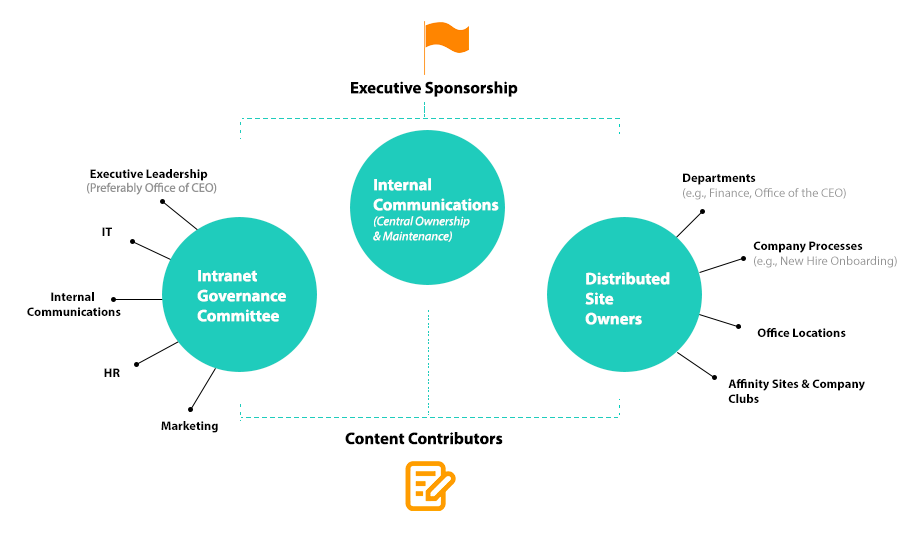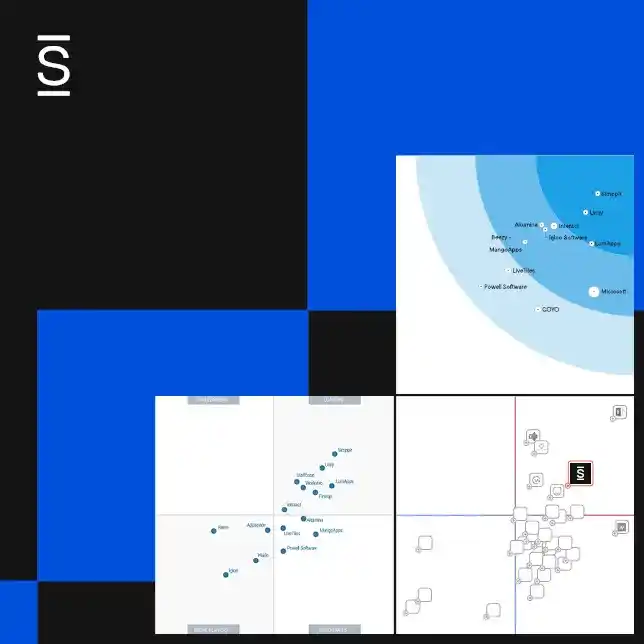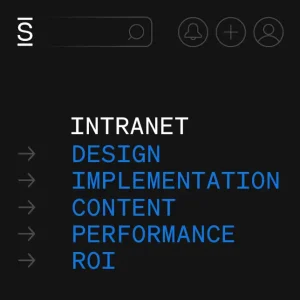Sadly, most times when an intranet manager leaves their role, the entire program is at risk of failure. Regardless of the reason, progress becomes stalled, preventing your intranet from achieving its purpose. Just as executive spend a lot of time succession planning, the same concept should be put in place for your intranet governance program.
Ultimately, your intranet program needs a bench.
Here are some tips to mitigate your succession risk:
Start the conversation now
If your intranet software owner leaves, then what? It’s never too early to plan. You can’t do this on your own, so it’s important to begin the conversation and start succession planning with a broader part of your governance committee (continue reading!).
Begin by understanding who does what and drafting an emergency plan to address the delegation of duties and authority whenever an unexpected transition occurs. Start thinking about everyone who is involved in your intranet, including your internal communications, HR, IT, and marketing teams.
Get a broader part of governance committee involved
You may already have a core governance team, but don’t stop there. The more people you have engaged in your intranet program, the higher the chances you’ll have for a full bench. Introduce your core team to your extended and leadership team so that all parties can agree and outline succession responsibilities.
Clearly document your own responsibilities
Chances are if you’re reading this, your individual flight risk is really important for your organization. As a central app administrator, it’s important that the organization has a clear path forward in case you get better opportunities. Transitions can be helped by meticulously documenting the end-to-end process, all of the players, and what’s expected in your role. If resourcing permits, it also great to have multiple people fill the administrative functions.
Keep a log and use analytics to track engagement
Succession planning matters beyond the central administrative layer. An effective way to mitigate unexpected transitions is to use analytics to measure engagement within your wider team. Specifically, you’ll want to keep track of the federated administration aspects across your intranet sites. Are your site managers engaged? Has it been a while since you’ve had activity? Do various sites have multiple contributors? Answers to these questions will help you understand the health of your engagement.
Constantly promote ‘collective ownership’ of your intranet
Without a governance model and joint accountability, organizations are at-risk for a one-person show. Any time a program is dependent on a single individual, it is likely to fail. Modern intranets with federated administration make it easy for multiple individuals to share responsibility. Shared accountability ranges from posting company-wide updates, upkeeping and maintaining fresh content, and adjusting app-level settings and permissions.
A federated administration model enables responsibility to be shared across departments. That way, it provides a fail-safe reliance on a subset of individuals and encourages wide-scale engagement across the organization. Under this approach, various domain experts carve out time to be site managers. For example, someone in the finance department owns updating and maintaining the finance site.
Here is what federated administration looks like:

Creating an intranet governance succession plan shouldn’t be hard.
All in all, the most important component is simply knowing the program risks that come with employment transitions. Simply know this reality and do a little planning and you can prevent your organization from sinking all of that time and effort you’ve built into your intranet program.
With an intuitive user interface and federated administration, Simpplr makes it easier to plan for succession. View our 10-minute demo to see why we’re the world’s easiest employee intranet:


















